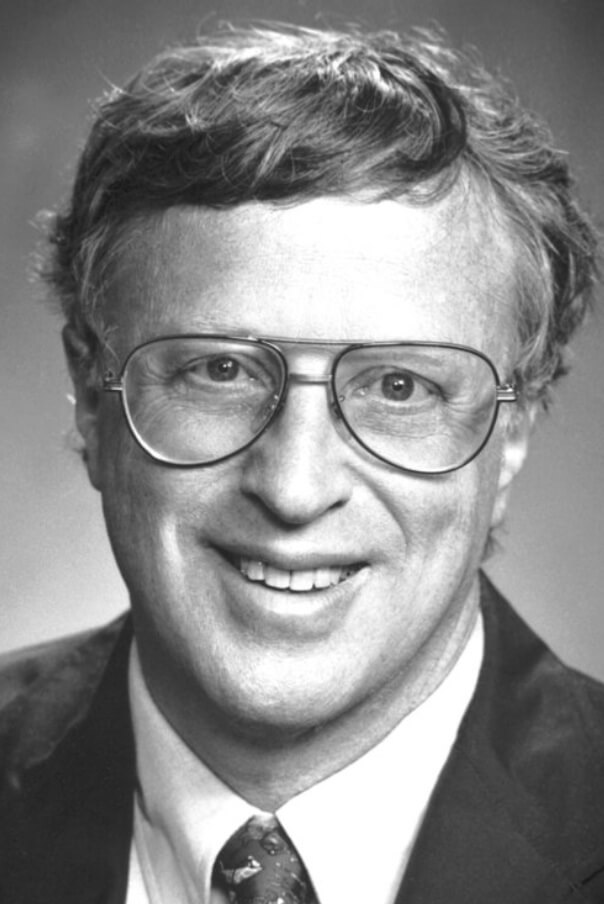George A. Akerlof is one of the most influential economists of the modern era, renowned for injecting psychology, ethics, and realism into economic theory. A Nobel laureate and pioneering thinker, Akerlof has challenged conventional wisdom with a career built around one provocative question: What happens when markets aren’t perfect — and people aren’t rational?
Best known for his seminal paper “The Market for Lemons,” which exposed the consequences of information asymmetry, Akerlof’s work has reshaped how economists, policymakers, and even investors understand markets. His collaborations — particularly with Robert J. Shiller — have also helped bridge the gap between economic theory and real-world behavior, offering new insights into everything from unemployment to financial crises.
👨🏫 George Akerlof’s Background and Academic Career
Born: June 17, 1940, New Haven, Connecticut, USA
Education:
⦁ B.A. in Economics, Yale University (1962)
⦁ Ph.D. in Economics, MIT (1966)
After earning his doctorate, Akerlof began his teaching career at the University of California, Berkeley, where he became a longtime faculty member and an influential figure in the economics department. He has also held visiting positions at prestigious institutions, including the London School of Economics and Georgetown University.
Akerlof is currently a professor at Georgetown’s McCourt School of Public Policy and continues to write and speak actively on issues ranging from behavioral economics to social justice.
🧠 George Akerlof’s Major Achievements and Contributions
📉 The “Market for Lemons” and Asymmetric Information
Akerlof’s groundbreaking 1970 paper, “The Market for Lemons,” showed how markets can fail when buyers and sellers have unequal information — such as when used car sellers know more than buyers. This concept, now known as asymmetric information, challenged the prevailing assumption that markets always lead to optimal outcomes. It laid the foundation for an entirely new field in economics.
🧠 Behavioral and Identity Economics
Akerlof’s later work explored how human identity, norms, and social context affect economic decisions. In collaboration with Rachel Kranton, he developed “identity economics,” emphasizing that people are motivated not only by money but also by how their actions align with who they believe they are.
🏆 Nobel Prize in Economic Sciences (2001)
Akerlof was awarded the Nobel Prize alongside Michael Spence and Joseph Stiglitz for their analysis of markets with asymmetric information. The Nobel Committee called it “one of the most influential economic theories of the 20th century.”
📘 Author and Collaborator
Beyond technical papers, Akerlof has co-authored several influential books, including Animal Spirits (2009) and Phishing for Phools (2015), both with Robert J. Shiller. These works expanded the field of behavioral macroeconomics and exposed how emotions and manipulation shape markets and institutions.
📚 Most Influential Work
“The Market for Lemons” (1970)
A concise but revolutionary paper that upended economic thinking. Its core idea — that quality and trust collapse when buyers can’t tell good from bad — has applications in insurance, healthcare, labor markets, and finance.
Animal Spirits (2009)
Co-authored with Shiller, this book argues that psychological forces like confidence and fairness are essential to understanding economic crises, unemployment, and consumer behavior.
Phishing for Phools (2015)
Another collaboration with Shiller, this book critiques the assumption that free markets always lead to optimal outcomes. Instead, it shows how profit incentives often reward manipulation and deception.
Identity Economics (2010)
Co-authored with Rachel Kranton, this book introduced the idea that identity and social norms shape decisions — a breakthrough in integrating sociology and economics.
⚠️ Criticisms and Limitations
While Akerlof’s work has been widely celebrated, it has not been without controversy or critique:
Departure from Rational Models:
Critics from traditional economic schools argue that Akerlof’s focus on psychology and norms introduces subjectivity into economics, making it harder to model or predict behavior with precision.
Policy Implications Not Always Clear:
While his diagnosis of market failure and manipulation is compelling, some say his work offers fewer clear solutions, especially in terms of concrete regulation or institutional design.
Complexity for General Readers:
Despite his accessible writing style in books, the theoretical underpinnings of his academic papers can be complex and abstract, making them less digestible for non-specialists.
🗣️ Public Voice and Influence
Though quieter than some public intellectuals, Akerlof has been a highly respected voice in global policy and academic circles. His influence can be seen in regulatory debates, especially around consumer protection, financial reform, and inequality.
He has served as a senior economist at the Federal Reserve and as President of the American Economic Association. Married to fellow Nobel laureate Janet Yellen (former Fed Chair and current U.S. Treasury Secretary), Akerlof has also contributed to economic discussions at the highest levels of government.
🎯 Legacy and Continuing Impact
George Akerlof’s legacy is one of transformation — turning economic models from mathematical abstractions into frameworks that reflect the messiness of real life. His work has opened the door to a more humane and socially aware economics, emphasizing the roles of trust, fairness, and human behavior.
Whether you’re a student studying market theory, a policymaker regulating consumer finance, or just someone trying to make sense of economic headlines, Akerlof’s contributions provide invaluable insight.
In a profession that often prizes elegance over realism, Akerlof has consistently chosen truth over tradition. His ideas continue to shape not just how we study markets — but how we build them to work better for everyone.




